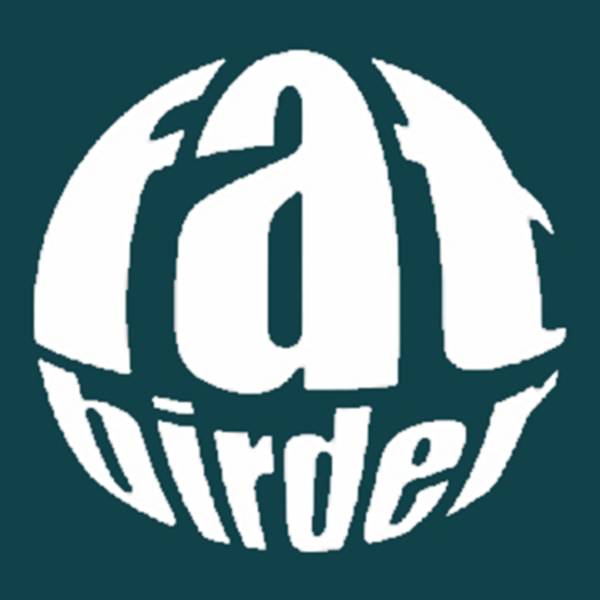Republic of Moldova
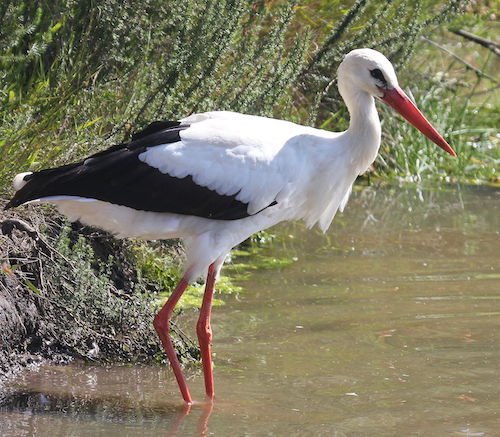
Moldova is a landlocked country in Eastern Europe, on the northeastern corner of the Balkans east of the Carpathian Mountains. The country spans a total of 33,483 km2 (12,928 square miles) and has a population of under 2.5 million. It is bordered by Romania to the west and Ukraine to the north, east, and south. The country is separated from Romania on the west by the Prut river and on the east from Ukraine by the Dniester river. The unrecognised breakaway state of Transnistria lies across the Dniester river. Moldova is a unitary parliamentary representative democratic republic with its capital in Chișinău, the country’s largest city with a metropolitan population of around 636,000 and main cultural and commercial centre.
Although the country is technically landlocked, Moldova acquired (1999) from Ukraine (in exchange for ceding a stretch of contested road in the east of the country) a 0.45 kilometre river frontage to the Danube, on the confluence of the Danube and Prut rivers. This has transformed the old village of Giurgiulești (in the extreme south-west of the country) into a river port, providing Moldova access to international waters via the Danube and the Black Sea. At its closest point, Moldova is separated from the Dniester Liman, an estuary of the Black Sea, by only 3 km of Ukrainian territory.
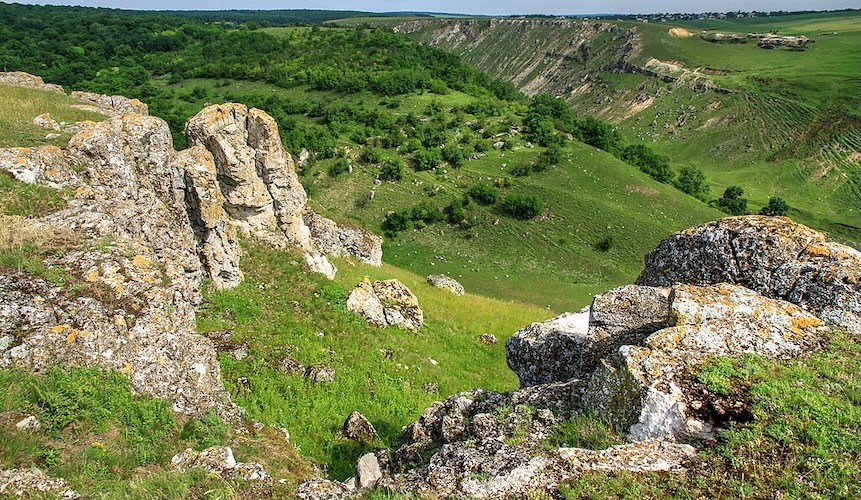
La Castel Reserve – ©Alex Prodan CC BY-SA 4.0 via Wikimedia Commons
While most of the country is hilly, elevations never exceed 1,500 feet, the highest point being the Bălănești Hill. Moldova’s hills are part of the Moldavian Plateau, which geologically originate from the Carpathian Mountains. Its subdivisions in Moldova include the Dniester Hills (Northern Moldavian Hills and Dniester Ridge), the Moldavian Plain (Middle Prut Valley and Bălți Steppe), and the Central Moldavian Plateau (Ciuluc-Soloneț Hills, Cornești Hills. In the south, the country has a small flatland, the Bugeac Plain. The territory of Moldova east of the river Dniester is split between parts of the Podolian Plateau, and parts of the Eurasian Steppe. Moldova’s exceptionally rich Chernozem soil covers around three-quarters of the country’s land area.
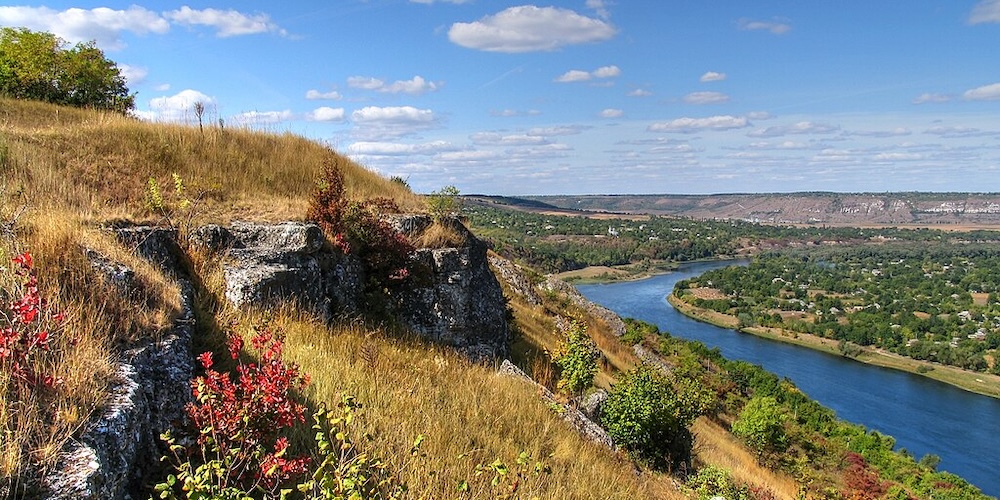
Nistru River – ©Alex Prodan CC BY-SA 4.0 via Wikimedia Commons
Moldova has a climate which is moderately continental; its proximity to the Black Sea leads to the climate being mildly cold in the autumn and winter and relatively cool in the spring and summer. The summers are warm and long, with temperatures averaging about 20 °C and the winters are relatively mild and dry, with January temperatures averaging -4 °C. Annual rainfall, which ranges from around 24 inches in the north to just 16 inches in the south, can vary greatly; long dry spells are not unusual. The heaviest rainfall occurs in early summer and again in October; heavy showers and thunderstorms are common. Because of the irregular terrain, heavy summer rains often cause erosion and river silting.
Birding Moldova
Phytogeographically, Moldova is split between the East European Plain and the Pontic–Caspian steppe of the Circumboreal Region within the Boreal Kingdom. It is home to three terrestrial ecoregions: Central European mixed forests, East European forest steppe, and Pontic steppe. Forests currently cover only 11% of Moldova, though the state is making efforts to increase this. Mammals such as red deer, roe deer and wild boar can be found in these wooded areas.
The environment of Moldova suffered extreme degradation during the Soviet period, when industrial and agricultural development proceeded without regard for environmental protection. Excessive use of pesticides resulted in heavily polluted topsoil, and industries lacked emission controls. The Ecological Movement of Moldova, an NGO, which is a member of the International Union for Conservation of Nature has been working to restore Moldova’s damaged natural environment. One project is the reintroduction of European Bison from the Polish population.
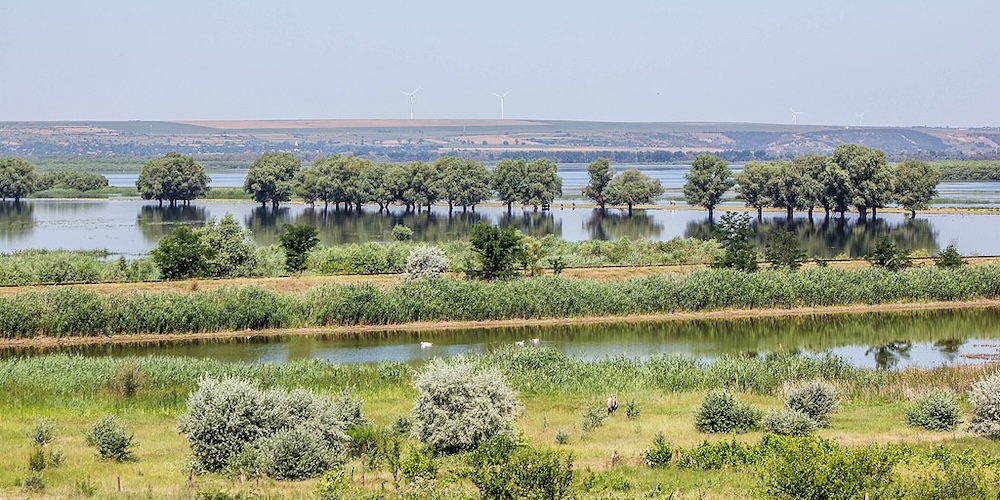
Lower Prut Reserve – ©Criss90kf CC BY-SA 4.0 via Wikimedia Commons
However, as farming is not yet as intense as in the UK, birds are also still in good numbers and variety supplemented by migration and the proximity of the Black Sea for wintering birds. There are small populations of Great Bustard, Steppe Eagle and Saker.
Around a dozen IBAs have been recognised so far including Stânca-Costeşti Reservoir, Ghidighici Reservoir, Salaş Reservoir, Cuciurgan Reservoir, Lake Manta and Beleu Lake among others. The Lower Prut area is one of the best areas for a variety of bird life. It was created in order to preserve and study the ecosystem of lakes and floodplain landscape of the lower course of the River Prut, to create favourable conditions for the reproduction of rare and endangered species of plants and animals. This includes some of the more than 196 bird species, of which 45 species are included in the Red Book of Moldova. It is the site of a very large pelican colony and is good for waterfowl, gulls and terns and waders dependent on the season.
-
Number of bird species: 339
(As at April 2025)State Bird: White Stork Ciconia ciconia
-
Avibase
PDF ChecklistThis checklist includes all bird species found in Moldova , based on the best information available at this time. It is based on a wide variety of sources that I collated over many years. I am pleased to offer these checklists as a service to birdwatchers. If you find any error, please do not hesitate to report them. -
E-Bird
PDF ChecklistThis checklist is generated with data from eBird (ebird.org), a global database of bird sightings from birders like you. If you enjoy this checklist, please consider contributing your sightings to eBird. It is 100% free to take part, and your observations will help support birders, researchers, and conservationists worldwide. -
Wikipedia
Annotated ListThis is a list of the bird species recorded in Moldova. The avifauna of Moldova include a total of 339 species, none of which are endemic.
-
Birds of Europe, North Africa, and the Middle East
| Photographic Guide | By Frédéric Jiguet & Aurélien Audevard | PUP | 2017 | Paperback | 447 pages, 2200 colour photos, colour distribution maps | ISBN: 9780691172439 Buy this book from NHBS.com -
Collins Bird Guide
| By Lars Svensson | Harper Collins | Edition 3 | 2023 | Paperback | 478 pages, 4000+ colour illustrations, 700 colour distribution maps | ISBN: 9780008547462 Buy this book from NHBS.com

Collins Bird Guide
AndroidThe Collins Bird Guide App provides everything you need to identify a species quickly and learn about it thoroughly.
Collins Bird Guide
Apple iOS |Collins Bird Guide 4+ A field guide to Europe NatureGuides Ltd. Designed for iPadUseful Information-
BirdLife DataZone
InformationBird facts for Moldova
Organisations-
BirdAtlas
Webpageoldova’s Contribution to the 2nd European Atlas of Breeding Birds (EBBA2) -
Birding Moldova
Facebook Page -
Society for Birds and Nature Protection
WebsiteThe Society for Birds and Nature Protection (SPPN) is an NGO that brings together ornithologists and nature lovers to promote the study and conservation of wild bird species in Republic of Moldova.
Reserves-
*Protected areas of Moldova
InformationSatellite ViewIntewractive links to the national park, nature reserves, wetlands etc. -
NP Orhei
InformationSatellite ViewThe only national park designated so far in Moldova. -
NR Codrii
InformationSatellite ViewCodru Reserve is a scientific reserve in Străşeni District, Moldova. It was founded in 1971 and covers an area of 5,177 hectares. -
NR Lower Prut
InformationSatellite ViewLower Prut is a scientific Reserve in Cahul District, Moldova and was founded on April 23, 1991. It covers an area of 1691 hectares. -
NR Pădurea Domnească
InformationSatellite ViewThe 'Princely Forest' Reservation was created a in order to preserve the most representative natural forests and marshes located in the middle Prut River, the conservation and regeneration of rare plant species and animals, ecological recovery and the restoration of the biodiversity of meadow ecosystems.
Sightings, News & Forums-
eBird
SightingseBirding This Month
Trip Reports-
2012-2016 Birding in Moldova
PDF ReportSummary of a couple of short birding trips during the last years (2012-2016)
Other Links-
Birdwatching Routes
InformationThe Orheiul Vechi Cultural-Natural Reserve has become a pilot area for birdwatching as there are around 100 species of birds nesting there, totaling one third of the total number of birds that can be observed in Moldova.
Blogs-
Dan Sochirca - Moldova Birds
BLOG...a lot of English speaking birders contact me from this blog, so here is a page in English with useful information on birding in Moldova.
Fatbirder - linking birders worldwide...
Skip to content